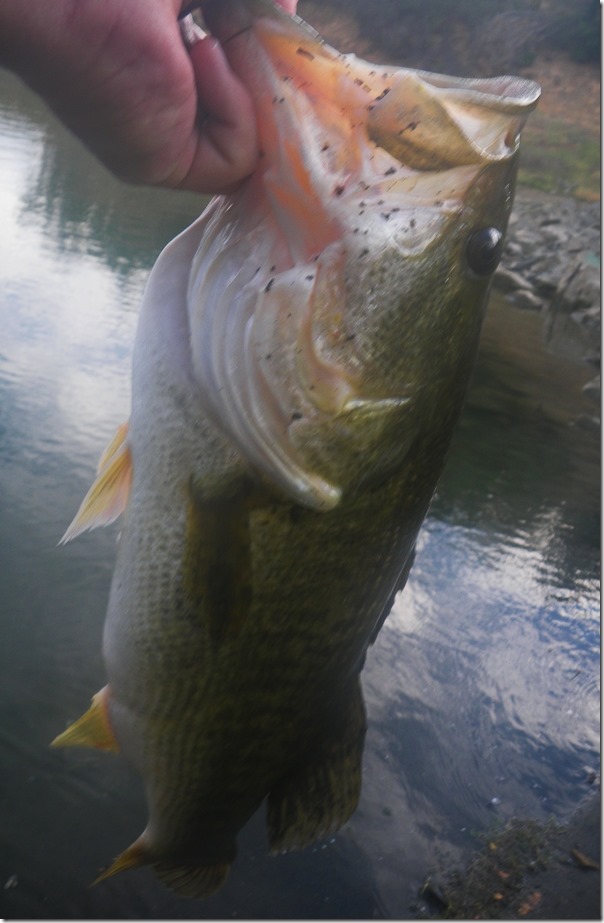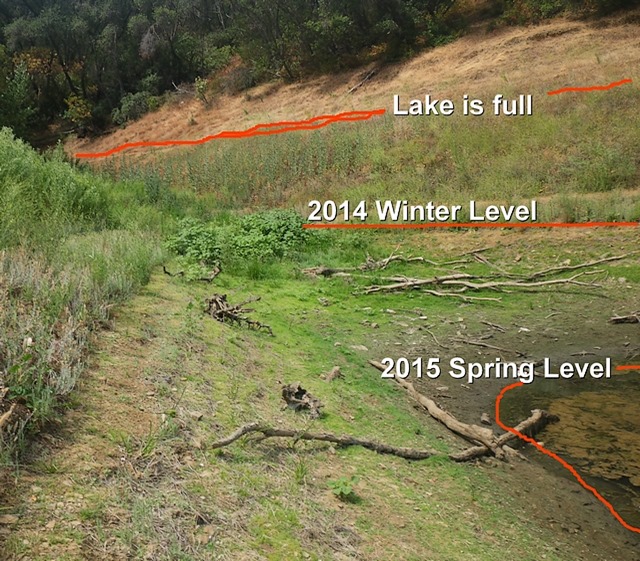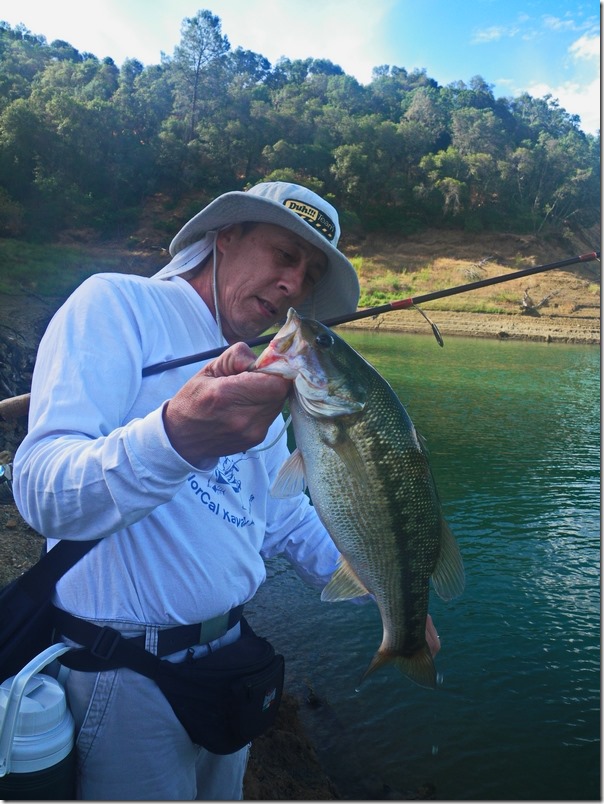The earlier Indian Valley expedition got my creative juices flowing. Knowing how fly fishermen view big water with suspicion – and meeting no like minded anglers in my lake and estuary travels, has lent an element of sadism to my determination to make big water fly friendly.
Big water is winning … if you’re keeping score …
With physics stacked against us large water tends to be the Achilles Heel of fly fishing. Strong winds, deep water, and no visual cues on predator or prey, and no visibility of bottom structure and environmentals, all put the fly guy at a disadvantage.
On creeks we can sample the bugs, can watch the fish, and neither winds nor water depth are insurmountable. Big open water is much less forgiving as our lines can’t sink fast enough, nor deep enough, to make fishing deep efficient. The bigger the water the stronger the wind, which makes painless fly fishing only possible down wind, and even then we need to ensure the line and fly is outboard of us – instead of on a collision course with our spleen.
With the kayak I can now carry more than fly gear, and am always equipped with a spinning or casting rod and related sundries to keep fishing in the most hostile conditions.
The issue is success (or failure) with lures doesn’t translate to flies, and what I learn with one type of tackle isn’t always exploitable when the wind dies, or I move into shallow water. Fish eating a Purple Worm might mean a Purple fly is the hot ticket, but I’m not carrying any of those at the moment, they’re in my steelhead box at home.
Fast forward to this morning as I’m reading about Ling Cod fishing in Pacifica and I realize that I can transport the same solution to freshwater fishing, and at least home in on what flies the fish like …
We’ve all admired the brightly colored “Shrimp” fly rigs used for Rockfish and Ling Cod. A heavy weight coupled with two or three synthetic flies to jig off the bottom …
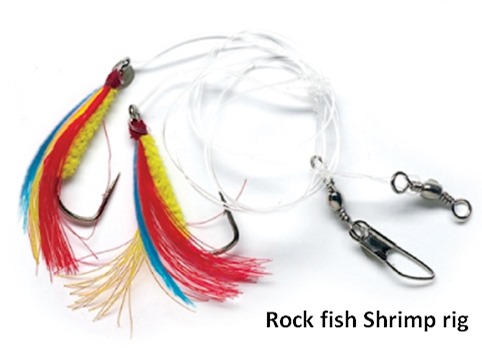
… I can use two of my regular flies in a “drop shot” configuration, that would give me the same capability to fish off the bottom in deep lakes. This would allow me to try two different flies at once to see which they like better – and I can change them out at will with a simple “loop to hook eye” knot.
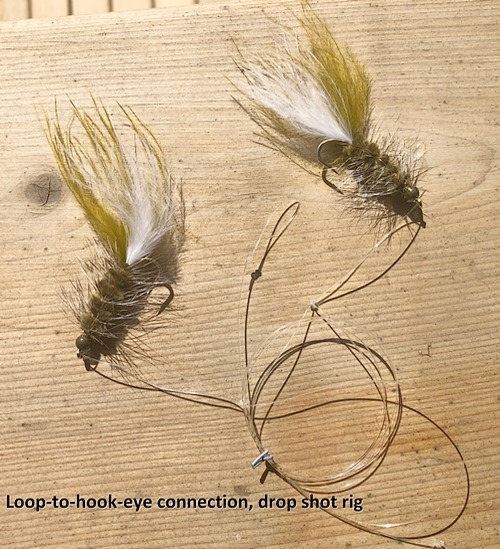
Early Spring always features a warming lake with recalcitrant fish hanging in the deep water until temperatures rise to optimum. Spring fishing can be hit or miss due to “too early” – and this would allow me to confirm the fish are still deep AND what fly color they liked best (although depth does alter color perception).
I’m sure the Purist’s are aghast at the potential marriage of fly and salt, but our collective definition of “fly fishing” requires the device to be hurled by a fly rod to be considered really fly fishing … “Hurled” is apropos as jig-headed flies and beaded monstrosities cannot be cast … ever.
I could still claim, “I caught them on flies” … if I wanted to be perverse …
It’s something. It’s also better than the “Purple Worm, ain’t got no Purple flies” Conundrum. Can’t wait to try this out on the next trip.

